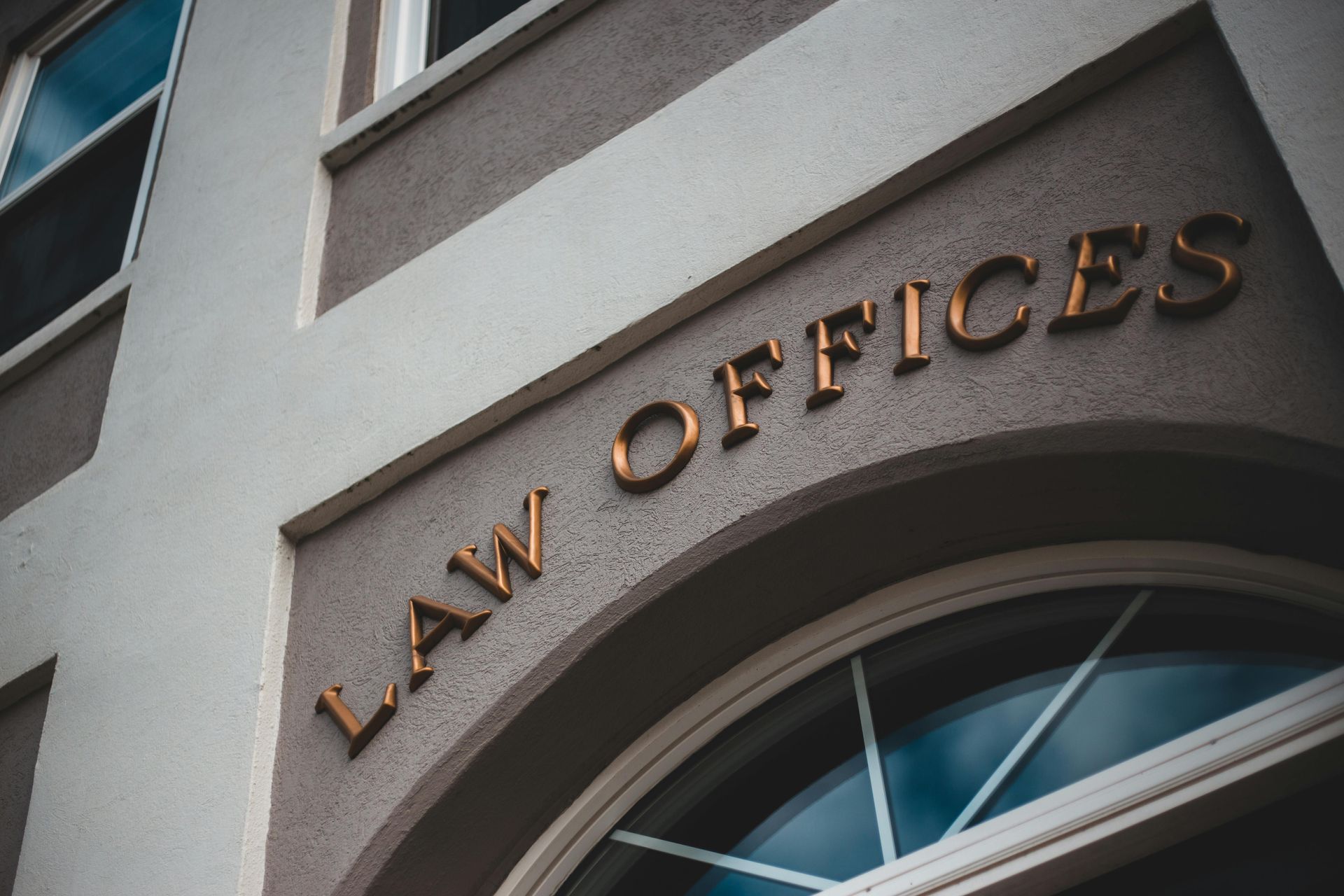Is a Co-Existence Agreement the Right Choice for Your Brand?
ATTORNEYS IN DALLAS
Explore the concept of co-existence agreements in trademark law and their benefits, potential drawbacks, and crucial considerations in drafting and evaluating such agreements to make informed decisions for your brand's protection and growth.
Is a Co-Existence Agreement the Right Choice for Your Brand?
A co-existence agreement arises when two trademark owners have established rights to identical or similar marks, aiming to resolve a potential trademark dispute. Typically, these agreements come into play when the goods or services are offered in different geographic areas, are unrelated, or utilize different trade channels. The agreement must outline the rights of each party in detail and establish measures to avoid confusion in the marketplace. Before entering into a co-existence agreement, it is crucial to carefully evaluate its advantages and disadvantages.
A consent agreement is a type of co-existence agreement frequently used in trademark prosecution to secure registration. It is often the best option for trademark applicants to persuade the Examiner that their proposed mark will not cause confusion with the cited mark. Although it may not extensively address long-term co-existence, it limits the rights of the party seeking consent. In the absence of contrary evidence, a consent agreement serves as evidence that there is no likelihood of confusion. The rationale behind this is that the parties most affected by potential consumer confusion declare that confusion will not occur.
While co-existence agreements can be fair compromises in many situations involving similar or identical trademarks, there are cases where one party stands to gain significantly while the other may lose out. For example, if a senior user and registrant of a mark in a related industry are approached by a junior user with a similar or identical mark, the senior user may have little incentive to enter into a co-existence agreement. Such agreements can have adverse effects on the parties' brands and legal rights. Trademark rights may be diluted, making it more challenging to enforce the trademark against third parties. The value of the mark can be negatively impacted, leading to weakened rights and reputation. Moreover, allowing the use of a similar or identical trademark can restrict business expansion, as the quality of the other party's goods or services cannot be controlled, potentially leading to a negative impact on brand and goodwill.
If a decision is made to enter into a co-existence agreement, it is crucial to ensure that it is meticulously drafted. A court may reject an agreement if it lacks sufficient details on how to avoid confusion or if the court believes that consumer confusion is inevitable. Additionally, addressing various areas within the agreement can help prevent future conflicts. These areas include determining rights regarding product or territorial expansion, ownership of domain names or social media usernames, the ability to license or assign the mark, international business operations and trademark filings, provisions for abandonment of rights, the term of the agreement, and dispute resolution venues.
Co-existence agreements can be effective tools for resolving trademark disputes when used appropriately. However, parties should carefully weigh the advantages and disadvantages in consultation with trademark counsel before committing to such agreements. In other words, trademark owners negotiating from a position of strength should thoroughly consider whether a consent agreement makes logical sense or if it exposes the brand to unnecessary risks.
Contact an Experienced Trademark Attorney
If you need legal advice regarding your trademark rights, assistance with trademark prosecution, or representation in a domain name dispute, contact Wilson Whitaker Rynell. Our team of trademark lawyers has extensive experience in all aspects of trademark and copyright law, including the filing of trademark applications and representing clients in defense or prosecution before the Trademark Trial and Appeal Board.
Trademark Resources & Services
- Trademark Overview
- Trademark Registration
- Trademark Licensing
- Trademark Infringement
- Trademark Protection
- Trademark Coexistence
- Trademark Guidelines
- Trade Dress Protection
- Trademark Oppositions & Trademark Cancellations
- Cybersquatting
- UDRP Domain Name Proceedings
- Trademark Portfolio Management
Need any help?
Getting in touch is easy. Use the form below and request a free consultation today.
Industry Resources & Services
- Alcohol & Beverage Law
- Blockchain Law
- Cosmetics Product Law
- Crypto-currency Law
- Cyber-security Law
- Digital Marketing
- eCommerce Law
- Energy Law
- Fashion Industry Law
- Health Technology Law
- Oil & Gas Law
- Product Industry Overview
- Professional Services law
- Real Estate Development Law
- Restaurant Services Law
- Retail Business Law
- Software Industry Law
- Sporting Goods Law
- Technology Law
- Video Gaming Industry Law
Trademark Resources
- 66(a) Applications
- Abandoning a Trademark Application or Withdrawing a TTAB Proceeding
- Abandonment and Nonuse
- Abbreviations as Trademarks
- Accelerated Case Resolutions
- Acquired Secondary Trademark Meaning
- Amending Trademark Application
- Assigning a Trademark
- Assigning a Trademark and the Intent to Use Application
- Avoiding Fraud on Trademark Applications
- Avoiding Trademark Litigation
- Basis for Filing a Trademark
- Benefits of Registering a Trademark
- Bona Fide Intent to Use
- Celebrity Trademarks
- Challenging the Relatedness Factor
- Challenging Trademark Rights
- Claims in a Notice of Opposition
- Co-Existence Agreements
- Common Law Trademarks in the Internet Era
- Common Law Use and Priority
- Conflicting Marks
- Consent Agreements
- Constructive Use Priority
- Dates of Use
- Defenses in Opposition and Cancellation Proceedings
- Descriptive or Generic Trademarks
- Design Marks
- Design Trademarks
- Determining Trademark Similarities
- Discovery in TTAB Proceedings
- Dividing a Trademark Application
- Drawing Page
- Electronic Display Specimens for Trademarks
- Evidence in TTAB Proceedings
- Evidence of Acquired Distinctiveness
- Expediting Trademark Cancellation for Nonuse or Abandonment
- Extending Time to Oppose
- Factors of a Likelihood of Confusion Analysis
- False Suggestions of Connection
- Famous Trademarks and Likelihood of Confusion and Dilution
- Filing an Opposition or Cancellation Proceedings
- First Sale Doctrine
- Five Years of Use
- Foreign Trademark Rights
- Generic Trademarks
- Geographic Trademarks
- Hiring Trademark Counsel
- Immoral and Scandalous Trademarks
- Incontestability of U.S. Trademarks
- International Trademark Filings
- Joint Trademark Ownership
- Lawful Use of a Trademark in Commerce
- Likelihood of Confusion Analysis
- Likelihood of Confusion Refusal
- Merely Descriptive Trademarks
Trademark Resources
- Multiple Bases for a Trademark Application
- Overcoming and Ornamentation Trademark Refusal
- Personal Name Trademarks
- Principal and Supplemental Registers
- Protecting Single Creative Works
- Recording Trademark Assignments
- Refusal of a Trademark
- Refusing a Trade Dress Application
- Registering a Certification Trademark
- Registering a Service Mark
- Registering a Trademark That Lacks Inherent Distinctiveness
- Registering an International Trademark
- Relatedness of Goods or Services
- Request for Reconsideration in Trademark Office Action
- Requirements for International Trademark Application
- Revive an Abandoned Trademark Application
- Secondary Meaning
- Source Confusion
- Special Trademark Applications
- Standard Character and Special Format Marks
- Standing in Opposition and Cancellation Proceedings
- State Trademark Registration
- Statement of Use Extensions
- Tacking Doctrine
- Technical Trademark Use
- The Supplemental Register
- Trade Dress
- Trade Dress Application
- Trademark Application
- Trademark Clearance Searches
- Trademark Disclaimers
- Trademark Licensing
- Trademark of Authors, Performing Artists, and Characters
- Trademark Ownership
- Trademark Protection In Texas
- Trademark Settlements
- Trademark Specimens
- Trademark Specimens
- Trademark Use by Related Company
- Trademark Use in Advertising
- Trademark Use in Commerce
- Trademarking a Distinctive Mark
- Trademarking a Hashtag
- Trademarks for Musical Artists
- TTAB Discovery Rules
- TTAB Proceedings
- U.S. Service Mark
- U.S. Trade Dress
- Understanding Trade Channels
- Unitary U.S. Trademark
- Universal Symbols as Trademarks
- Using Secondary Sources
- What is an Ex Parte Appeal?
- Where to Register a Trademark
- Who Must File a Trademark?
CLIENT MATTERS
5,000+
YEARS OF SERVICE
25+
Award Winning
Recognized in the legal industry as dedicated board-certified lawyers and Rising Stars.
Expert Team
Your project will be handled by legal experts every time. You will have the most experienced attorneys working for you.
Quality Representation

Let's talk about your legal issue
Wilson Legal Group P.C.
d/b/a Wilson Whitaker Rynell
(972) 248-8080 (Dallas) MAIN OFFICE
(713) 830-2207 (Houston) Appointment Only
(512) 691-4100 (Austin) Appointment Only
For more information on how we can assist in your intellectual property, commercial litigation, divorce, or other personal needs, let us know how we can help you:
How Can We Help You?
WILSON WHITAKER RYNELL
Thank You for Contacting Us!
Your information has been sent, and we will contact you shorlty...issues.
WILSON WHITAKER RYNELL
Oops, there was an error sending your message.
Please try again later.
Disclaimer:
This form does not establish an attorney-client relationship, and should only be used to contact the firm about scheduling a call or meeting. No confidential or sensitive information should be sent using this form.
We represent clients nationwide, including Dallas, Austin, Houston, and other Texas areas such as Fort Worth, Arlington, Carrollton, Plano, Allen, Lewisville, Flower Mound, Irving, Denton, McKinney, North Richland Hills, and all cities within Dallas County, Tarrant County, Collin County, and Denton County.
OFFICES
ABOUT
CONTACT
BLOG
Wilson Whitaker Rynell
16610 Dallas Parkway, Suite 1000
Dallas, Texas 75248
972-248-8080 (MAIN)
972-248-8088 (FAX)
info@wrrlegal.com (E-MAIL)










